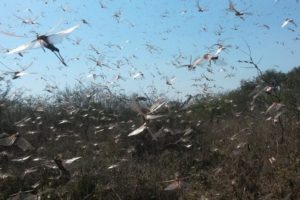

Thomas D. Williams, Ph.D. – January 1, 2021
Abortion was once again the number-one cause of death globally in 2020, with a record 42.7 million unborn babies killed in the womb, according to data provided by Worldometer.
As of December 31, 2020, there were 42.7 million abortions performed in the course of the year, Worldometer revealed, while 8.2 million people died from cancer, 5 million from smoking, and 1.7 million of HIV/AIDS.
By comparison, worldwide deaths from the coronavirus in 2020 totaled 1.8 million, according to Johns Hopkins University.
Worldometer — voted one of the best free reference websites by the American Library Association (ALA) — keeps a running tally through the year of major world statistics, including population, births, deaths, automobiles produced, books published, and CO2 emissions.
It also registers the total number of abortions performed worldwide, based on the latest statistics on abortions published by the World Health Organization (WHO).
Globally, there were more deaths from abortion in 2020 than all deaths from cancer, malaria, HIV/AIDS, smoking, alcohol, and traffic accidents combined, according to Worldometer statistics.
The shocking number of deaths from abortion, in fact, has led certain observers to call abortion “the social justice cause of our time,” since the sheer magnitude of the problem completely overshadows other human rights issues.
The year 2020 also saw abortion legalized in Argentina, one of the last bastions in the world to recognize and protect the right to life of unborn children.



